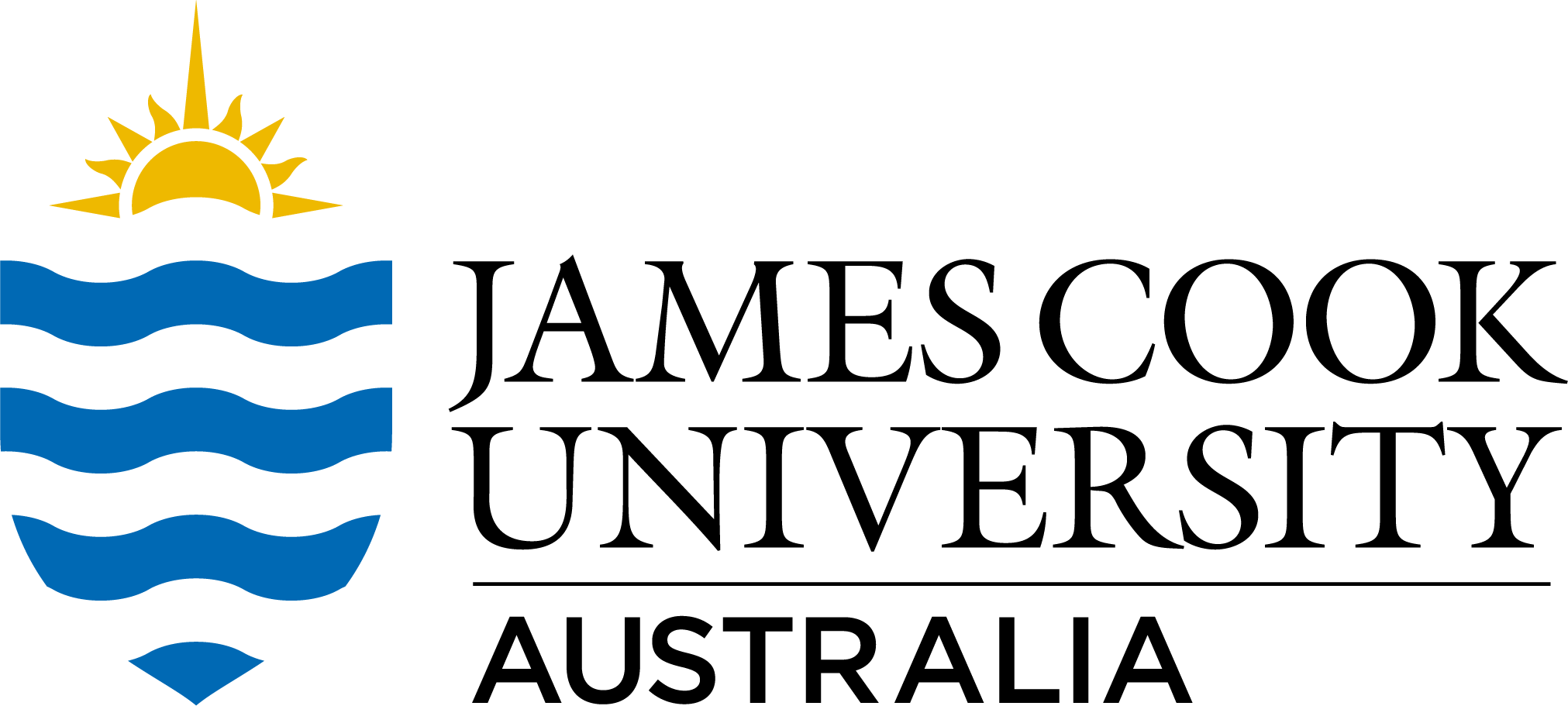Full description
Olfactory measurements were recorded after a 2 minute acclimation period to the flume. Documentation of a stream preference (via L or R) occurred by direct observation, measuring every 5 seconds for 2 minutes. Incoming water streams were then switched, and the fish was given another acclimation period before the second half of testing. Each fish was only tested once, accept for the adult fished used for behaviour repeatability. Repeated fish were given 24 hours rest between trials.
Abstract [Related Publication]: Previous studies have demonstrated limited potential for acclimation of adversely affected olfactory behaviours in reef fishes under elevated CO₂, indicating that genetic adaptation will be required to maintain behavioural performance in the future. Adaptation depends on the presence of heritable phenotypic variation in the trait, which may differ between populations and environments. We used parent–offspring regressions to estimate the heritability (h2) of variation in behavioural tolerance to high CO₂ (754 μatm) in both field-collected and laboratory-reared families of Acanthochromis polyacanthus. Tolerance to elevated CO₂ was measured by determining the behavioural response of individuals to chemical alarm cues. Both populations exhibited high heritability of olfactory behaviour phenotype (father–mid-offspring h2 = 0.56 & 0.65, respectively) when offspring were acutely exposed to high CO₂ for 4 days. However, there was no heritability in the behavioural phenotype when juveniles were chronically exposed to high CO₂ for 6 weeks in the laboratory-reared families. Parental exposure to high CO₂ during the breeding season did not alter this relationship between heritability and length of juvenile exposure to high CO₂. These results demonstrate that variation in behavioural tolerance to high CO₂ is heritable, but adaptive potential may be constrained by a loss of phenotypic variation when juveniles permanently experience a high-CO₂ environment, as will occur with rising CO₂ levels in the ocean.
The full methodology is available in the Open Access publication from the Related Publications link below.
Notes
This dataset is available as a spreadsheet in MS Excel (.xlsx) and Open Document formats (.ods)
Created: 2017-04-03
Data time period: 03 2014 to 03 2015
text: Brooding offspring collected from the Lizard Island lagoon on the northern Great Barrier Reef (14°40′S, 145°28′E); adults collected from northern Great Barrier Reef and transported to experimental aquarium facility at James Cook University, Townsville, Australia
text: Lizard Island Research Station, Queensland, Australia
text: James Cook University, Townsville, Queensland, Australia
User Contributed Tags
Login to tag this record with meaningful keywords to make it easier to discover
- DOI : 10.4225/28/5A77BD4E01E54

- Local : researchdata.jcu.edu.au//published/99697eddc97deea0235892e07bd164d5
- Local : fdcb979ff9d42d3d418d4253a7af4020


